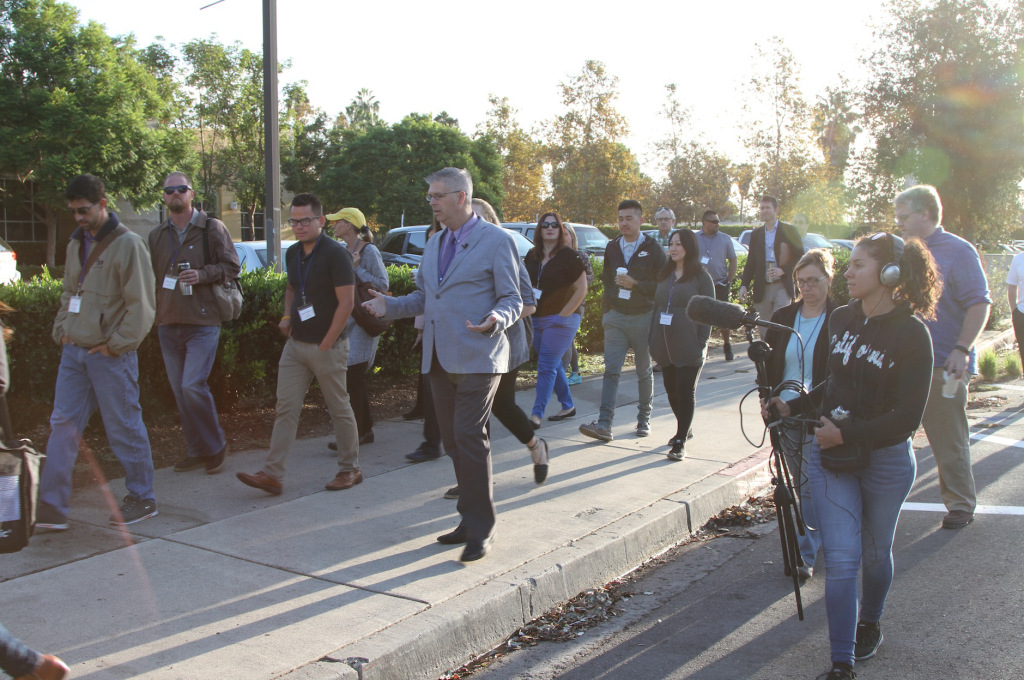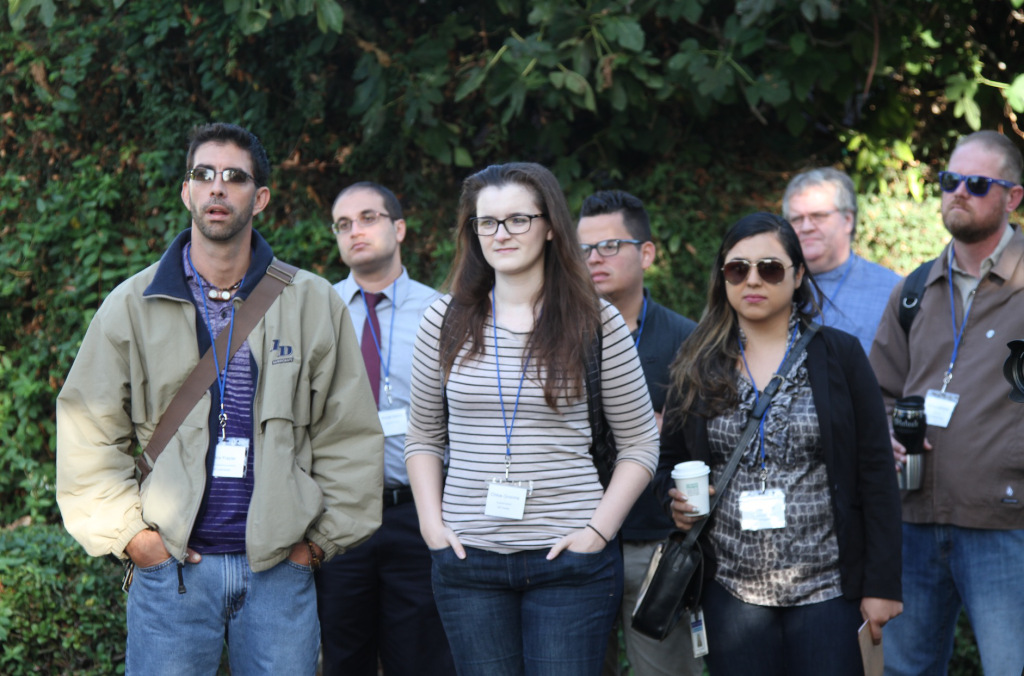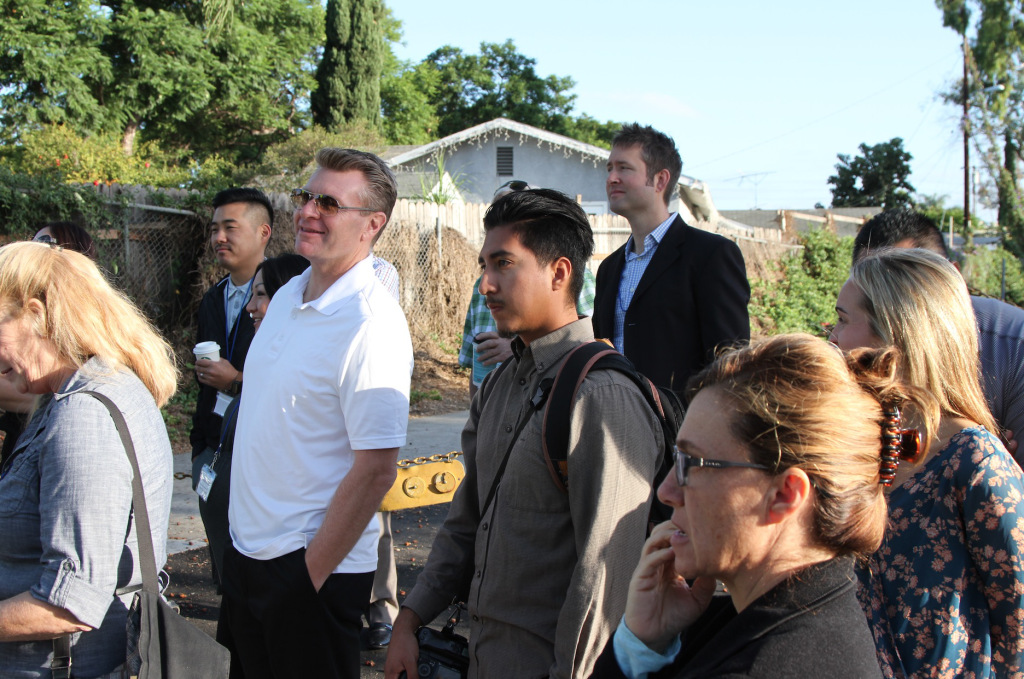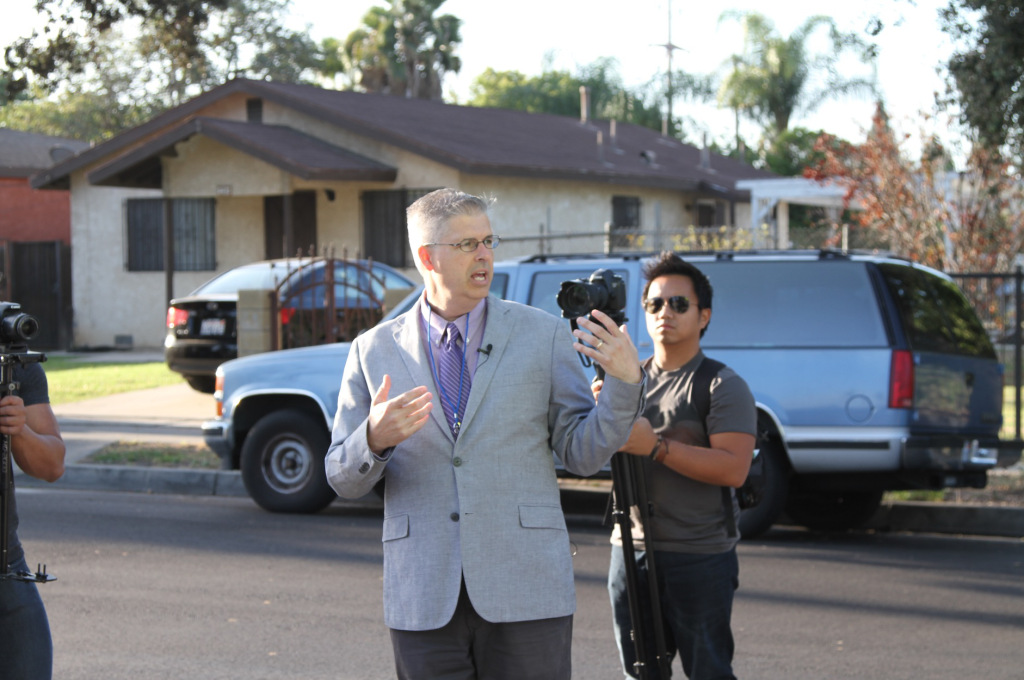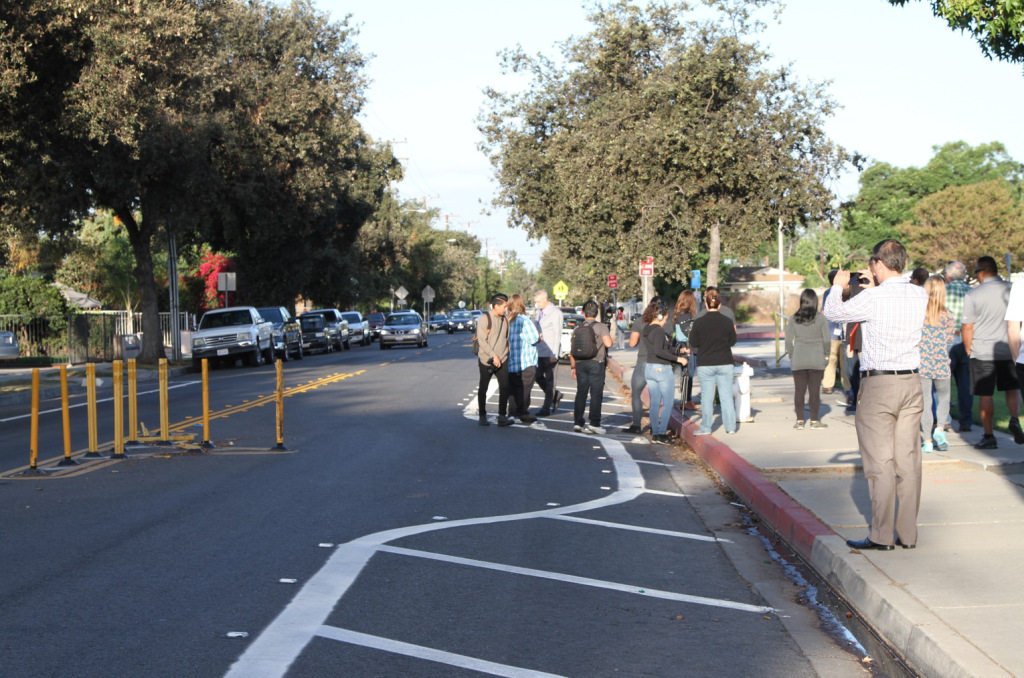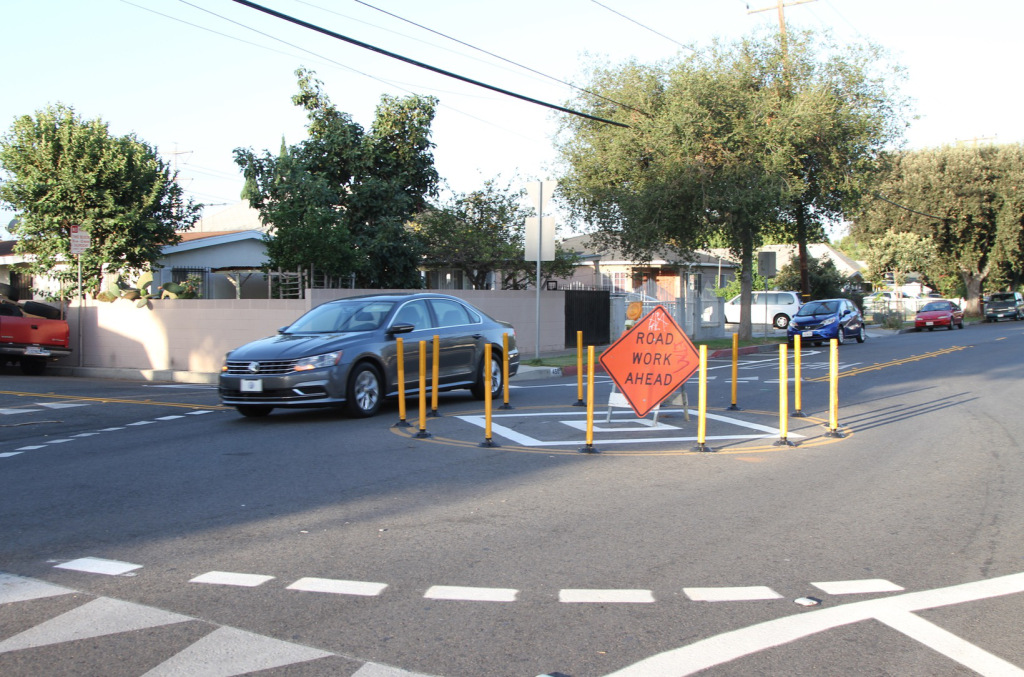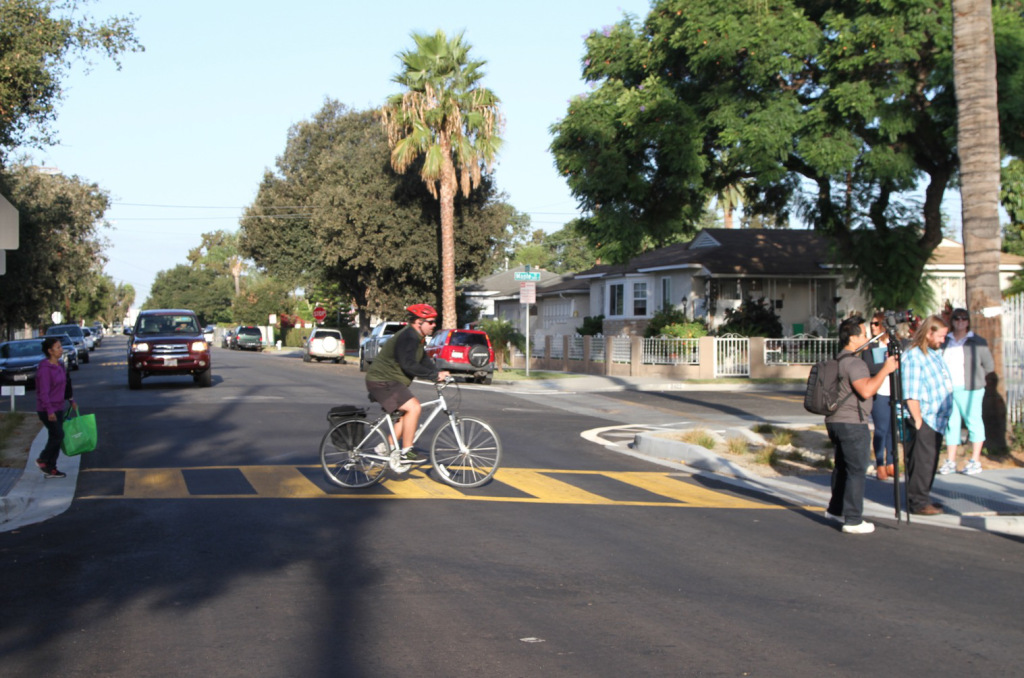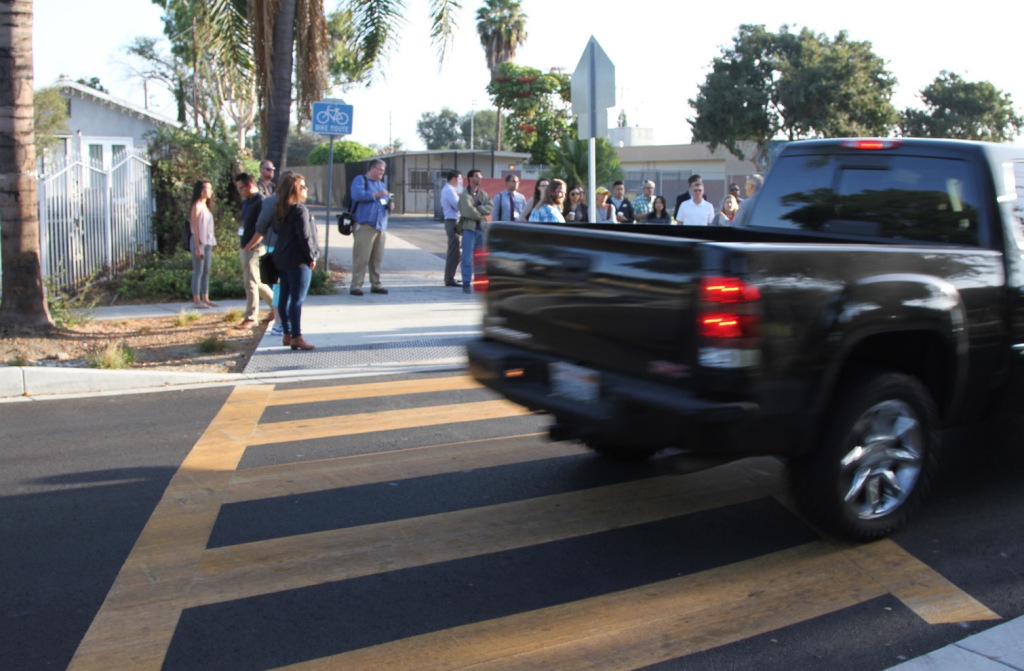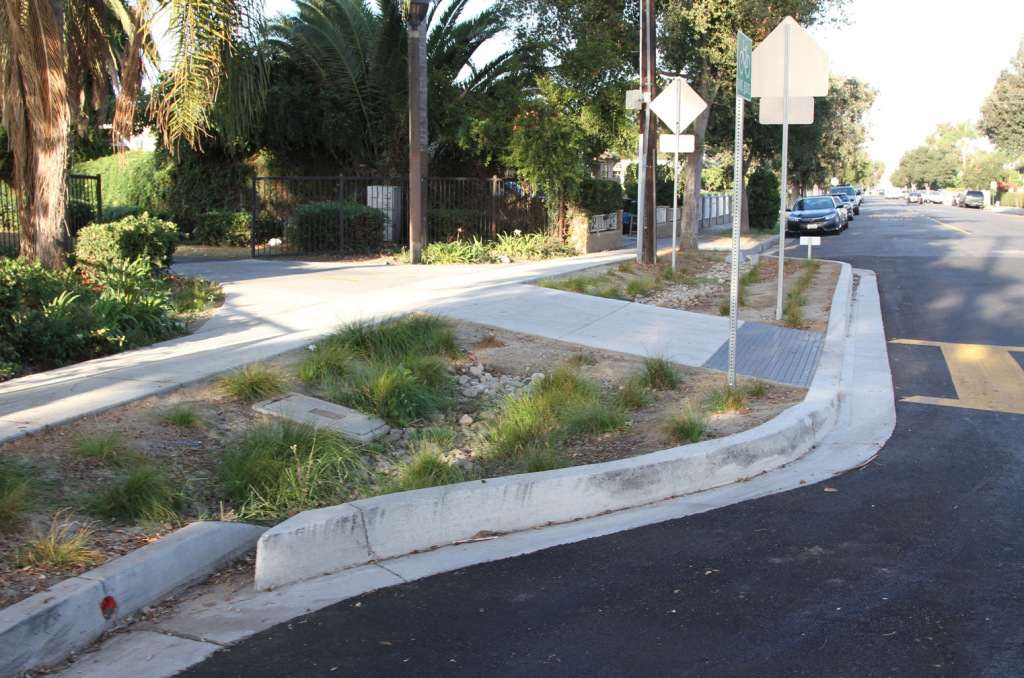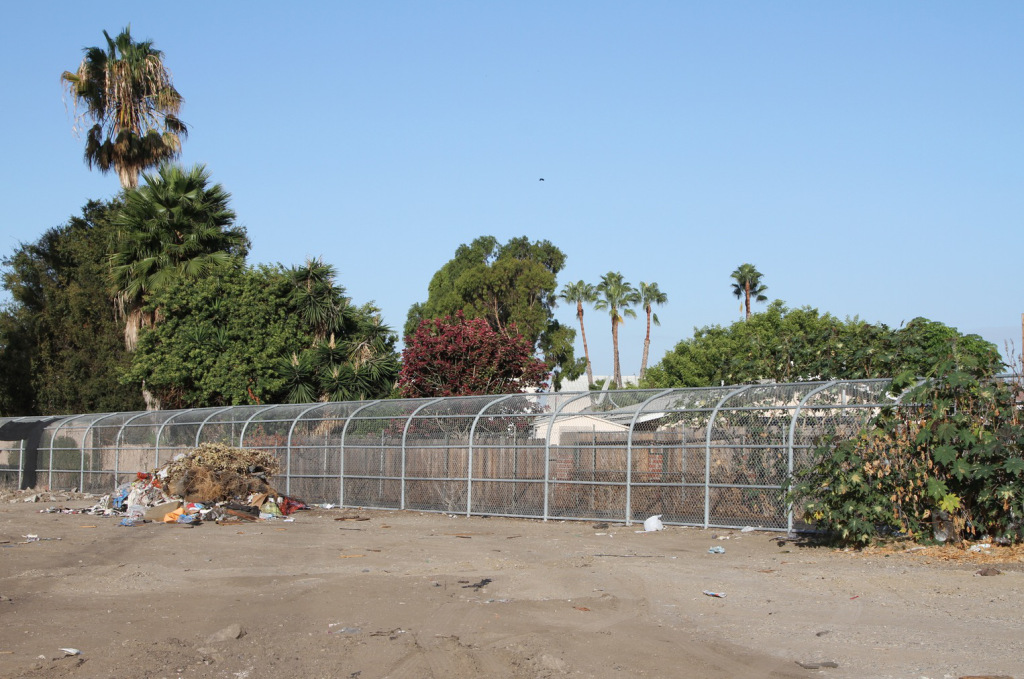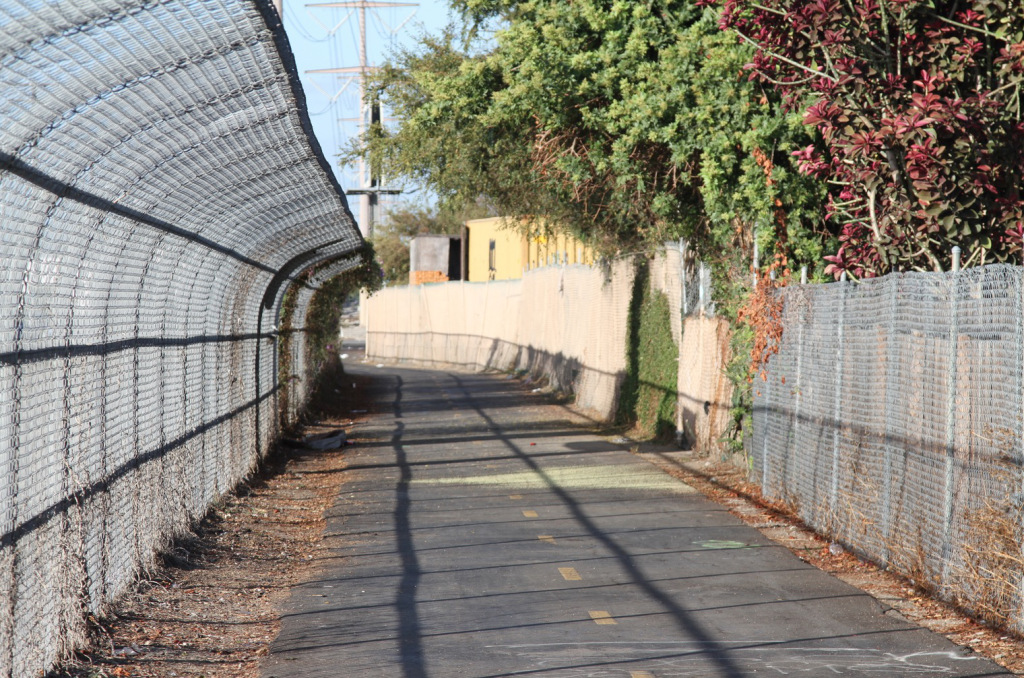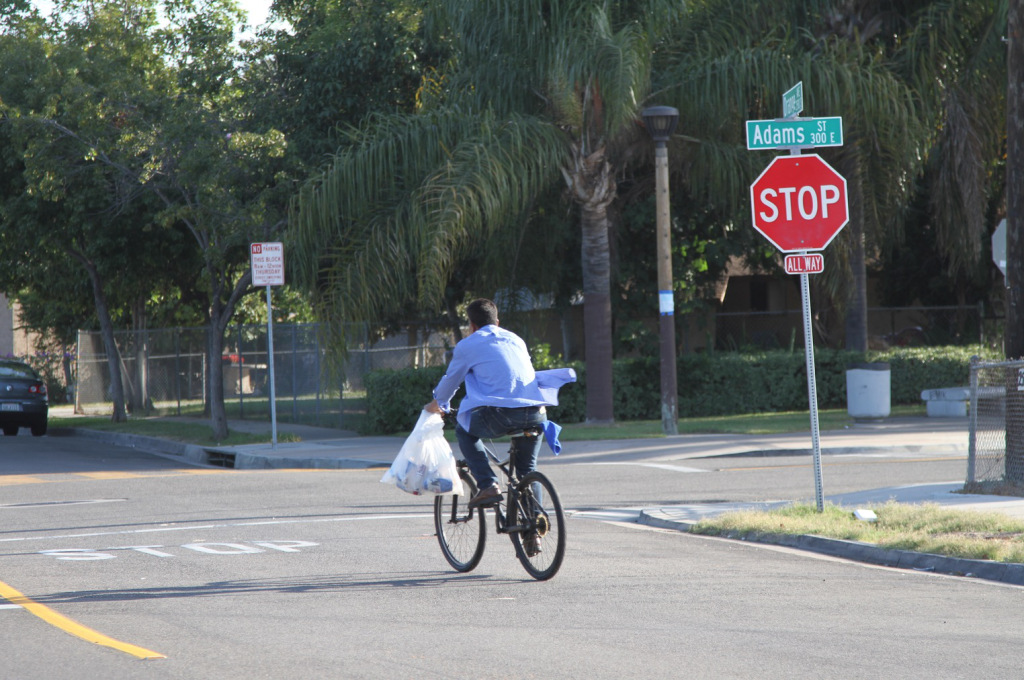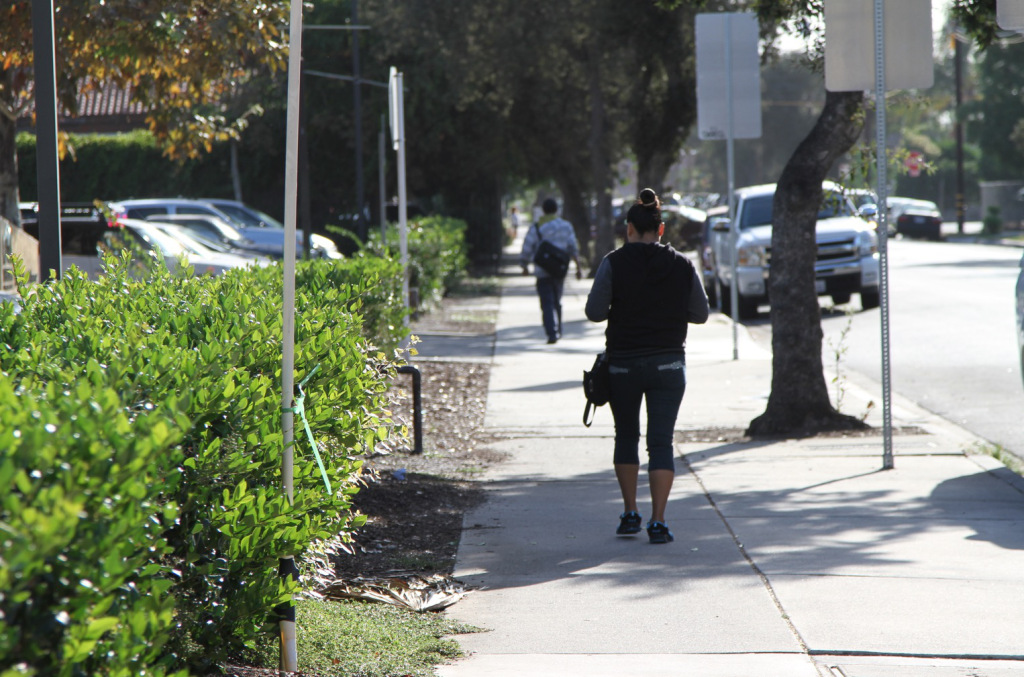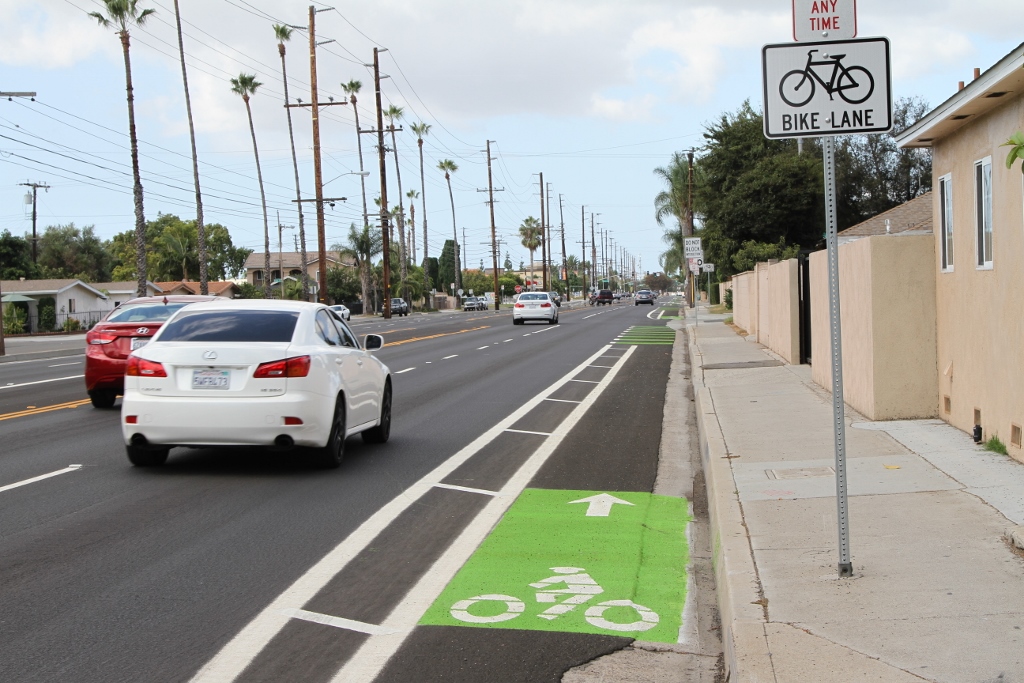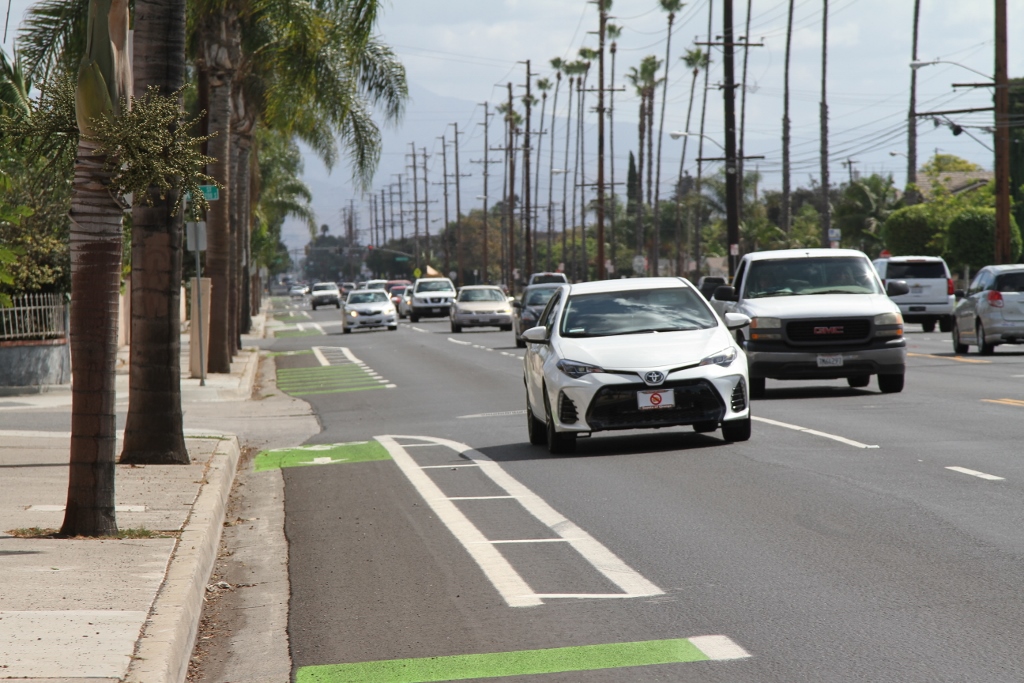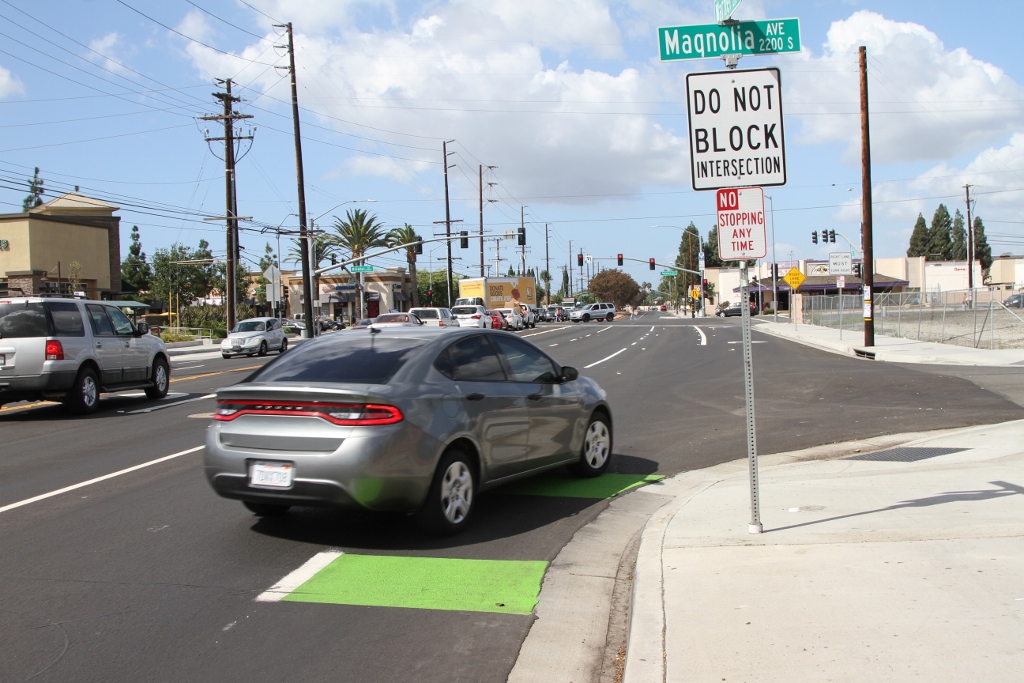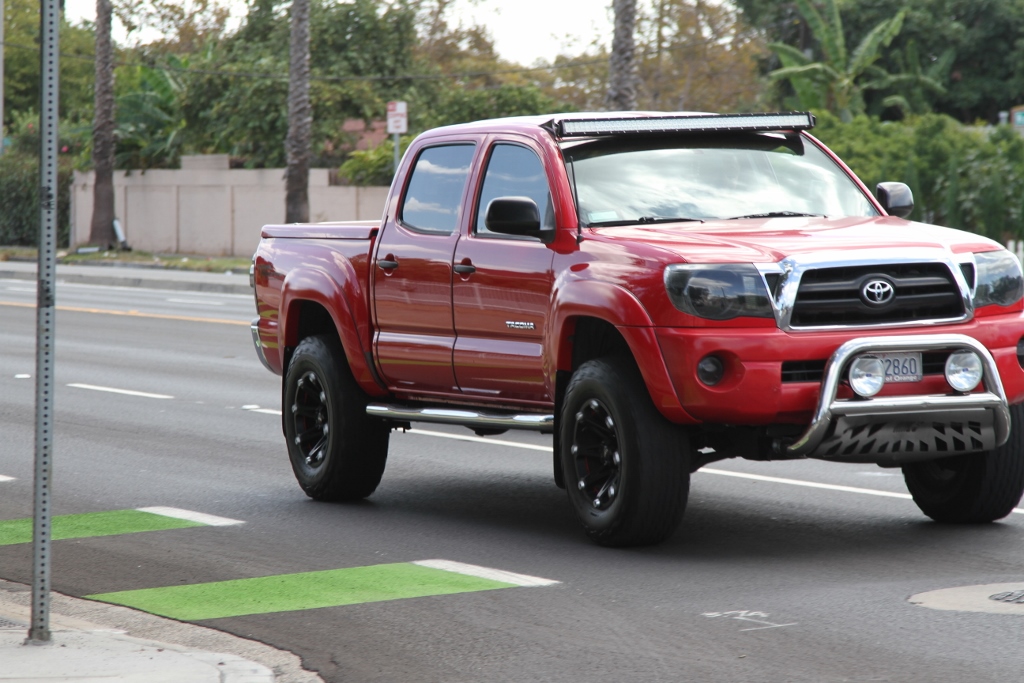Begging for Crumbs...and Getting Them
I spent last week in Orange County down in southern California. Chuck Marohn, president of Strong Towns, was giving a presentation in Santa Ana and I was asked to poke around and give my usual funky assessment of the territory. I’m profoundly ambivalent about city planning efforts and he knows it, which I think is why he wanted me there. He needs a weaselly eye like mine. I’m his truffle pig. And I’m on my own dime so I can say what I want without worrying that I might antagonize a boss or the electorate.
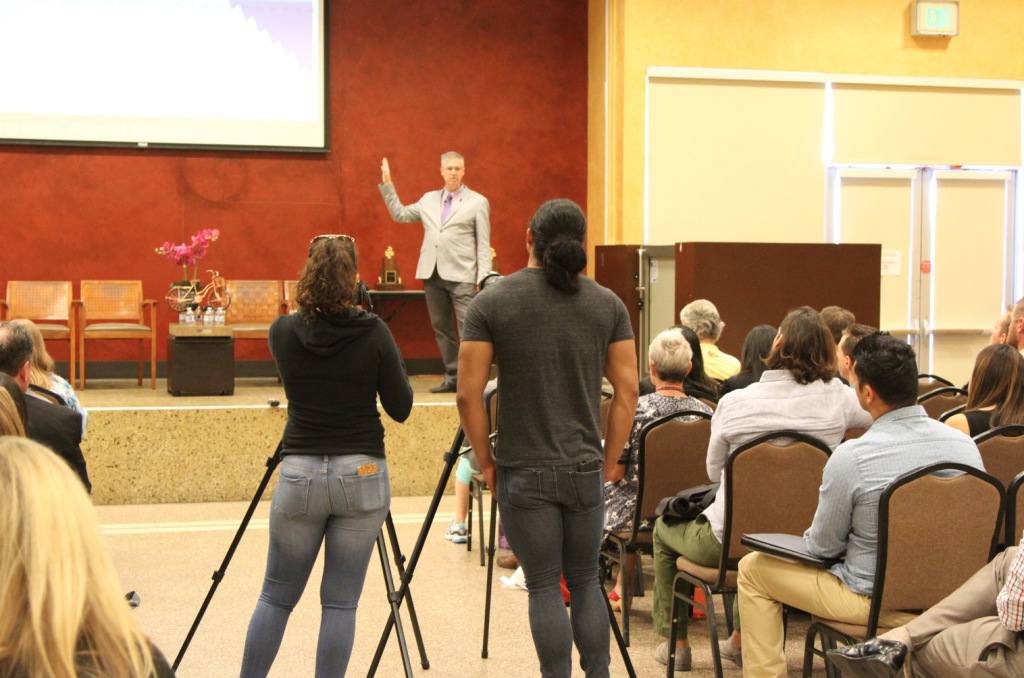
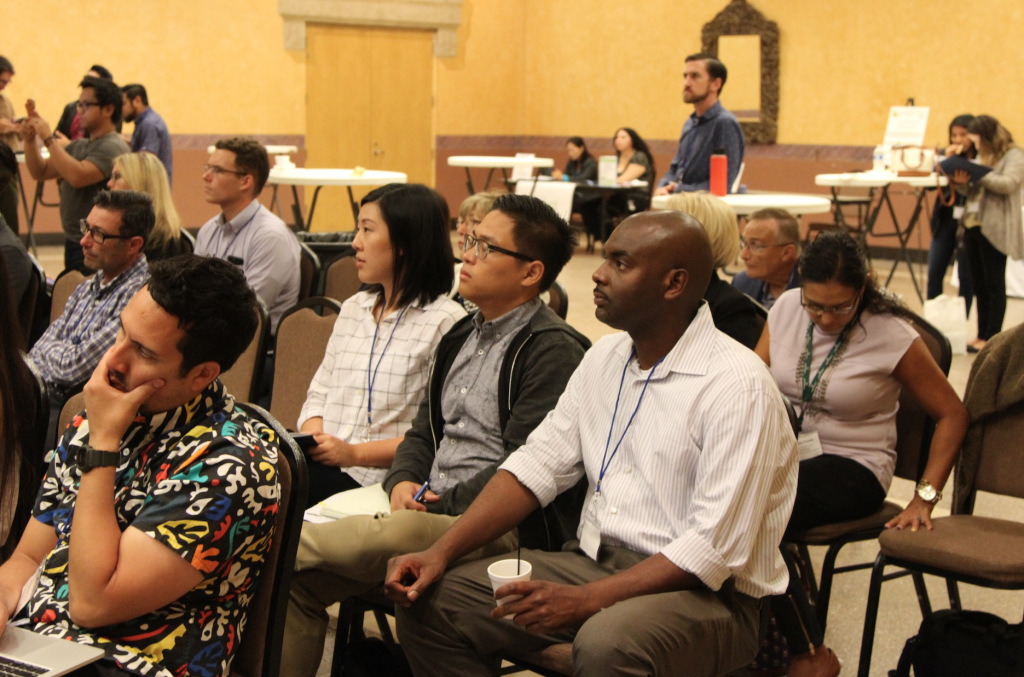
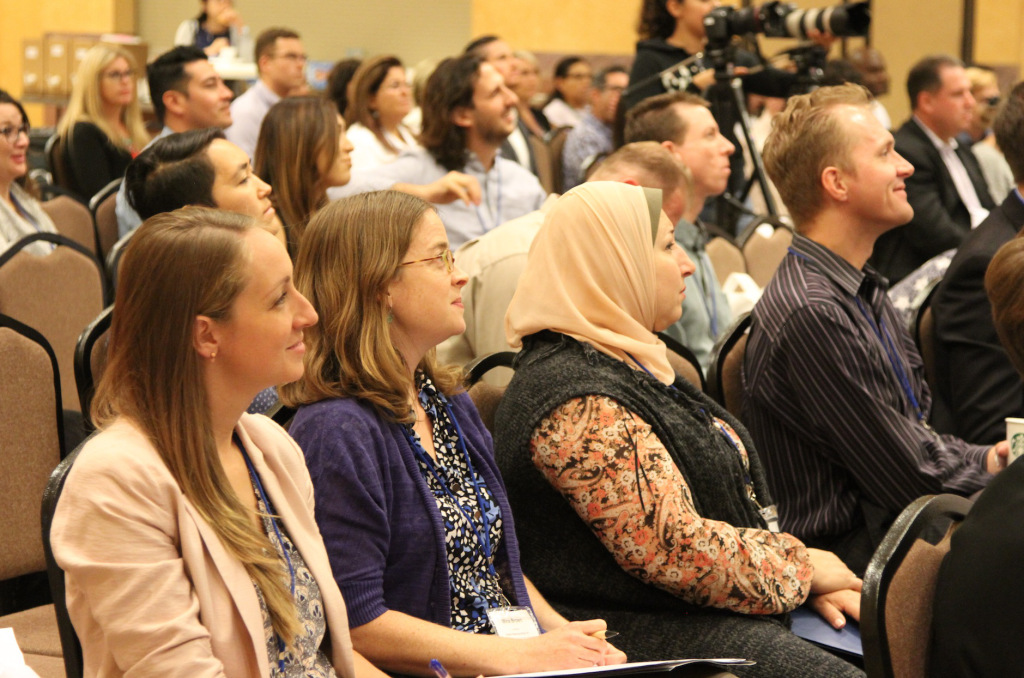
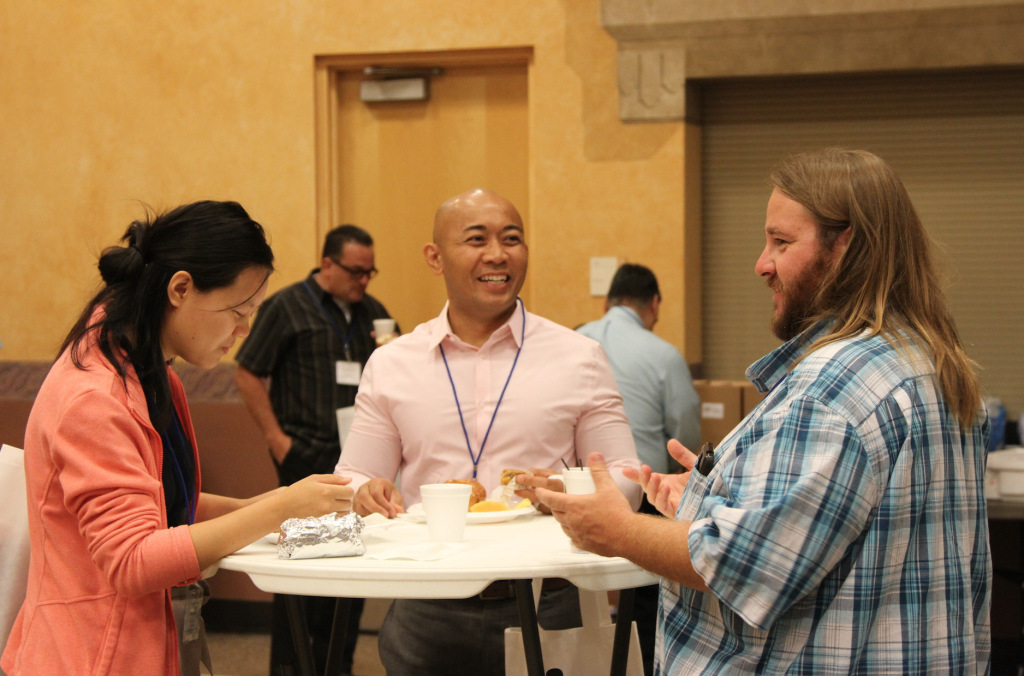
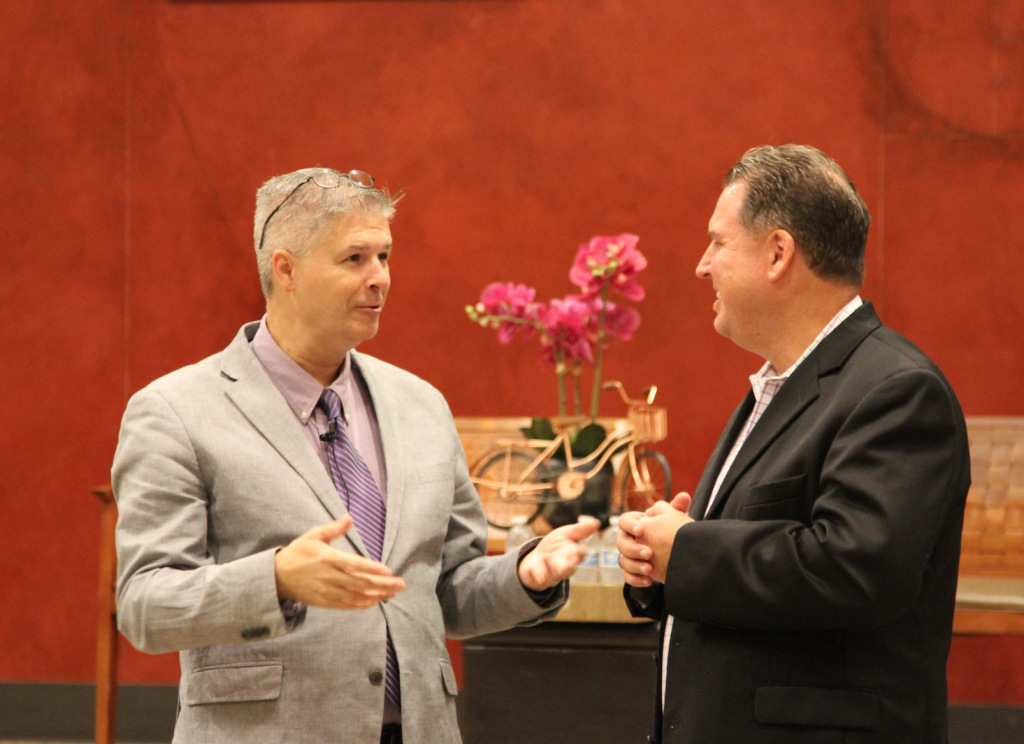
The conference was about “active transportation” and how land use and mobility shape communities. Depending on your personal proclivities these are either:
1) The folks who are trying to make it safe, pleasant, and normal for kids to walk to school, people to get to work by bicycle, and folks of limited means to travel to the doctor or grocery store without a car.
Or…
2) Idiots from the Nanny State who are attempting to social engineer people out of their respectable suburban homes and private vehicles and in to Godless communist apartment towers and filthy buses full of junkies.
If you’ve ever been to a city council hearing full of outraged citizens carrying pitchforks and firebrands over some hot button issue you know this isn’t hyperbole. Me? I have one foot in each camp so I sympathize with all parties involved. The devil, as they say, is in the details. I’m a pick-your-battles kind of guy.
The event began with a walking tour where particular bits of infrastructure were discussed: pedestrian cross walks, traffic calming measures, and so on. Many of these small scale incremental modifications can be implemented in a single day for a few hundred dollars worth of paint, reflectors, and plastic bollards. These techniques can have a noticeable impact in key locations. All that’s required is political will and community support – or at least a lack of active opposition.
Bulb-outs that widen the sidewalks and narrow the roadway are designed to make it easier for pedestrians to cross the street while slowing down vehicles to a safer speed. This particular bulb-out connects an elementary school with a residential neighborhood. It’s also part of a bike path. Someone asked how much a bulb-out like this costs. On average about $25,000. That seems like a lot of money, but it’s important to put these things in perspective.
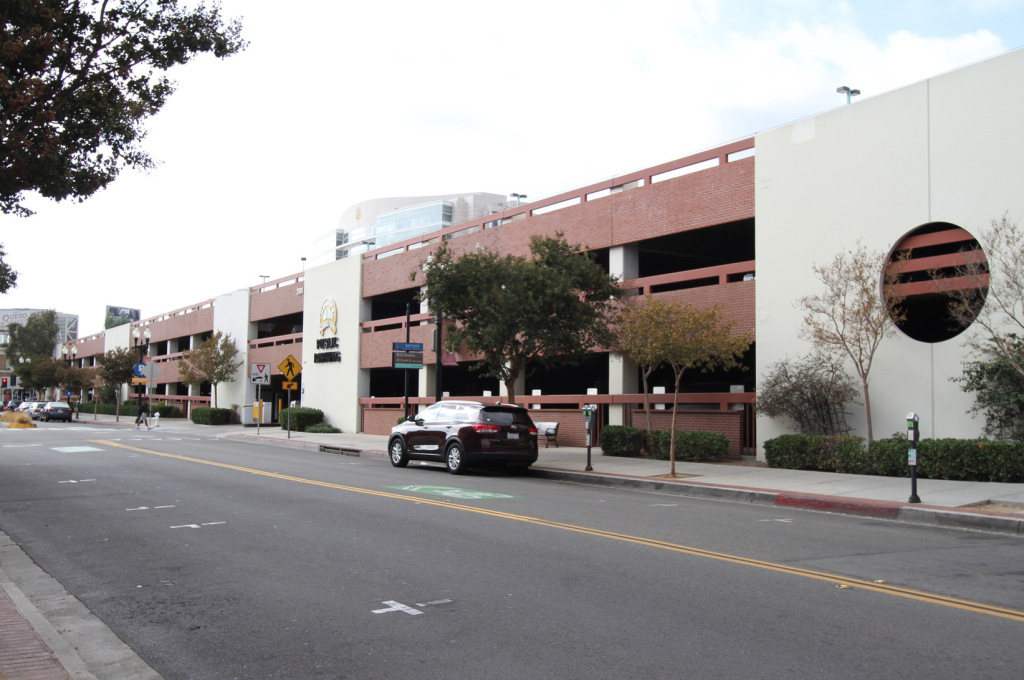
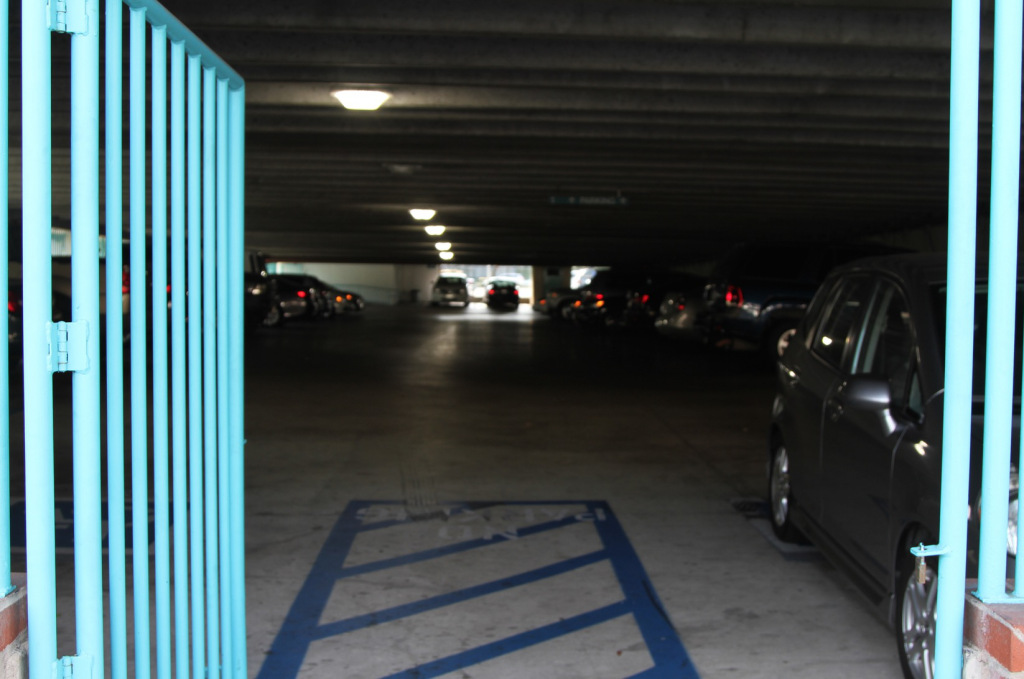
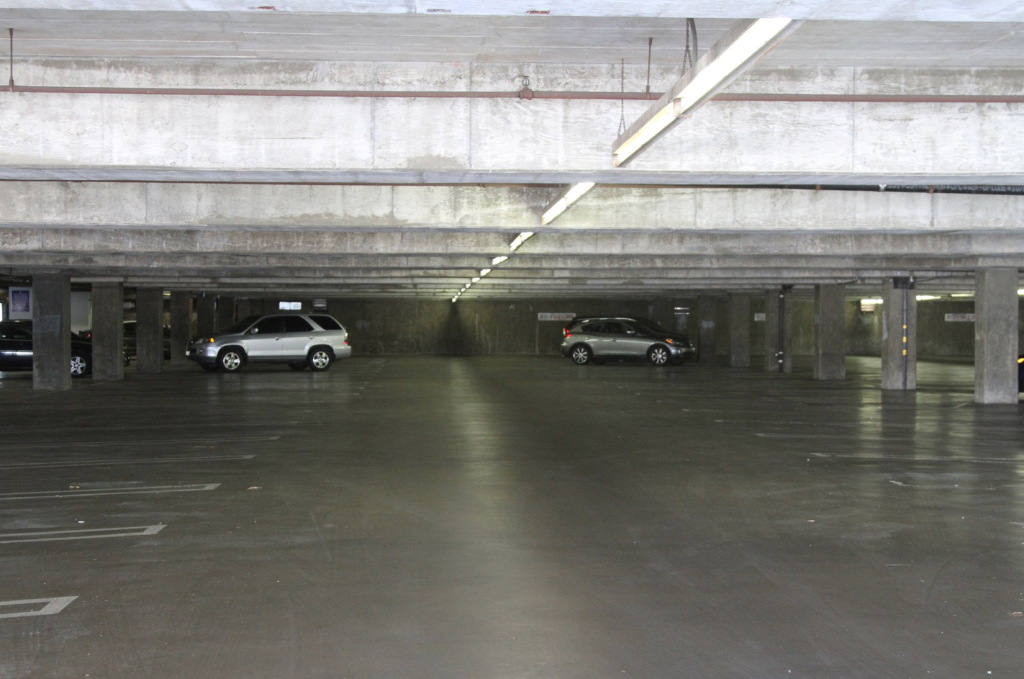
A single parking space in one of the many municipal parking decks in Santa Ana costs $50,000. Each. Think of how much concrete and steel is required to build a parking garage. Think of the elevators, the parking attendants, security guards and/or electronic equivalents that go in to such public structures. Think of the flood lights. Think of the interest on the loans on multi-million dollar public projects like these. Santa Ana has dozens of them. If a deck has 300 spaces that same amount of taxpayer money could put a bulb-out on 600 streets all across town. It all depends on what the population values.
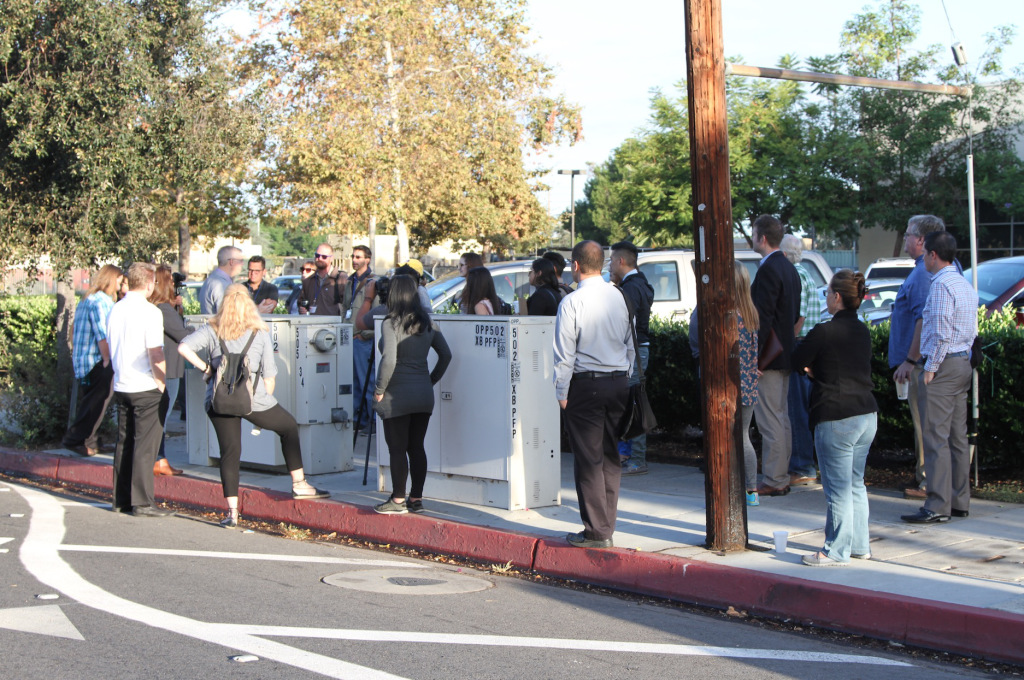
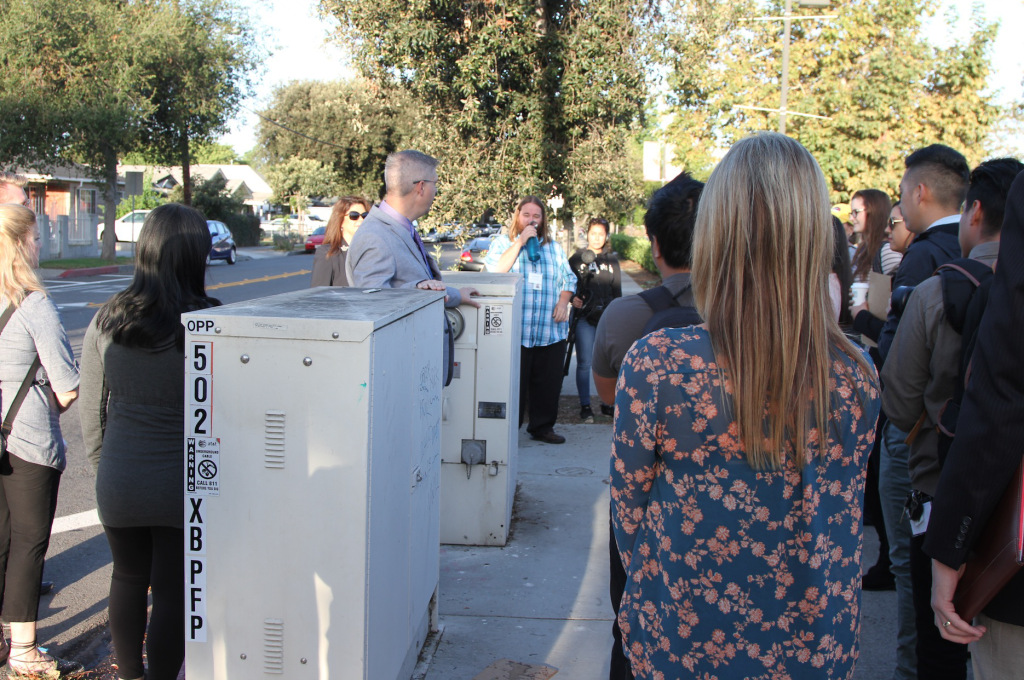
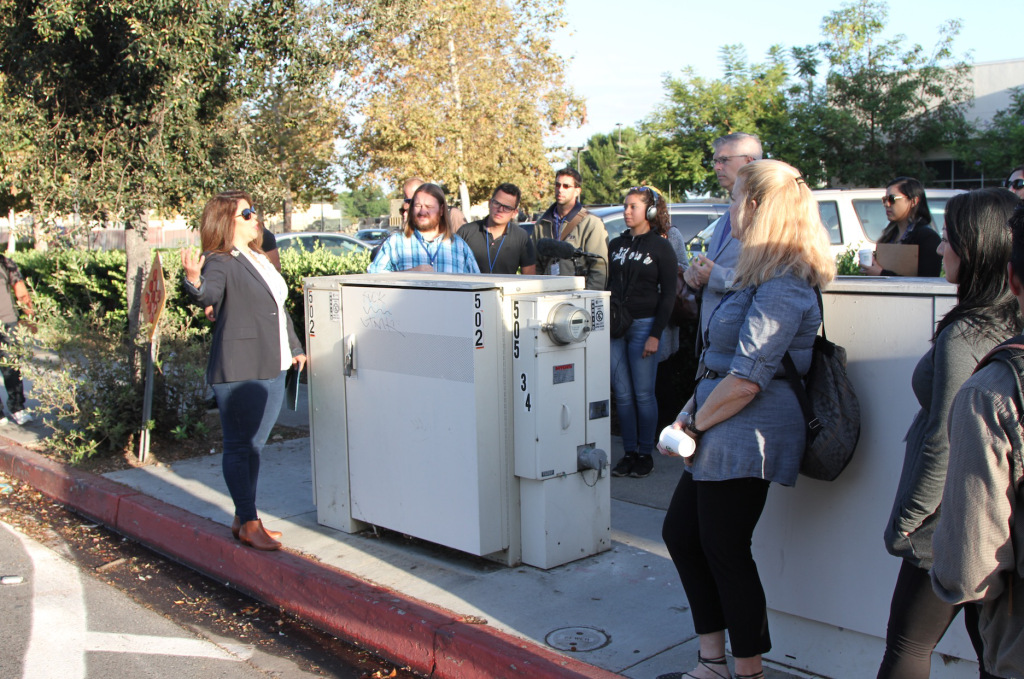
Then there was the issue of utility boxes plopped down on the sidewalk. These boxes are placed where they are for the convenience of utility companies. Chuck asked why more people aren’t bothered by this. If the power and telecom people put these boxes in parking spaces or in the roadway on every block there’d be a massive revolt by motorists. But pedestrians? Meh. They just don’t matter.
Later that day I was in a neighboring town and I saw a woman walking down the sidewalk as her umbrella got wedged between a street sign and a utility box. These things don’t have to be placed where they are. It’s a matter of priorities.
The quality of public space can add value to the surrounding private property – or suck it away. This stretch of bike path looks like it was built by the Department of Corrections. This could be an amazing amenity. Instead, property owners turn their backs on an unappetizing collection of chain link fence and pavement. Historically, public investments in common space had always elevated the surrounding area. As a society we’ve forgotten how to do that.
Once I left the conference and began exploring other parts of Santa Ana I quickly realized the residential neighborhood around the meeting was already relatively walkable and bikeable even without new bells and whistles compared to the associated arterial roads that stretch out all across Orange County.
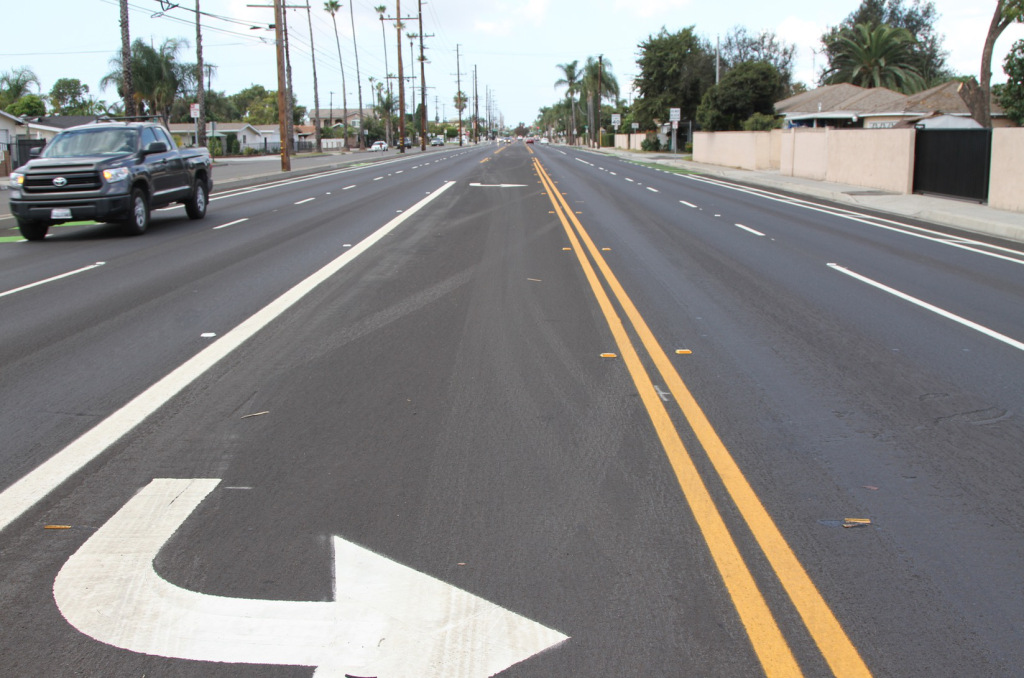
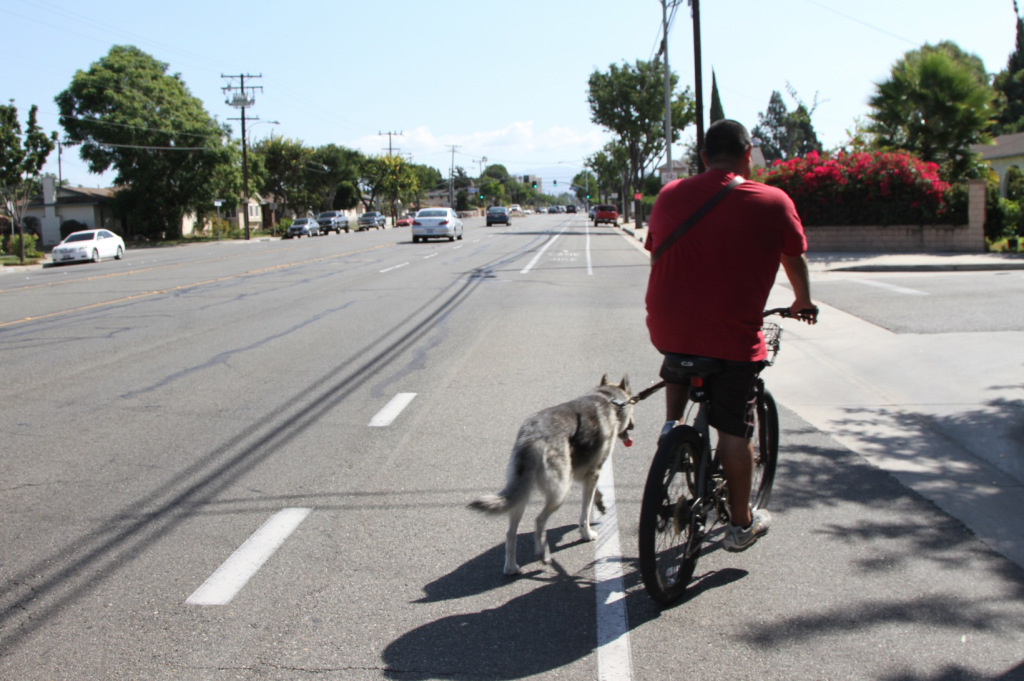
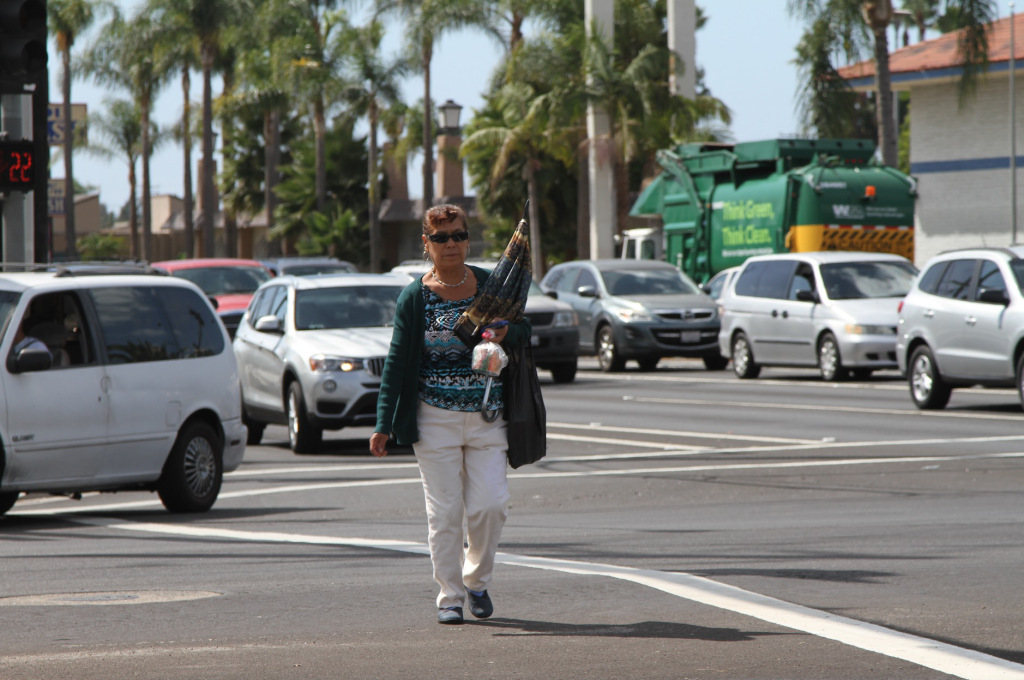
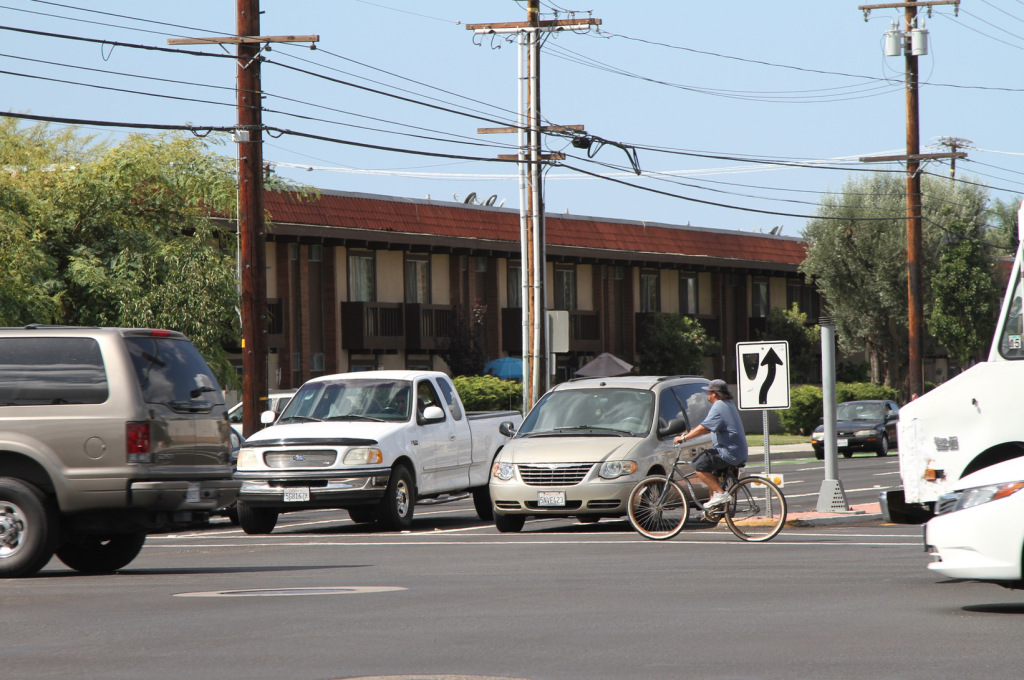
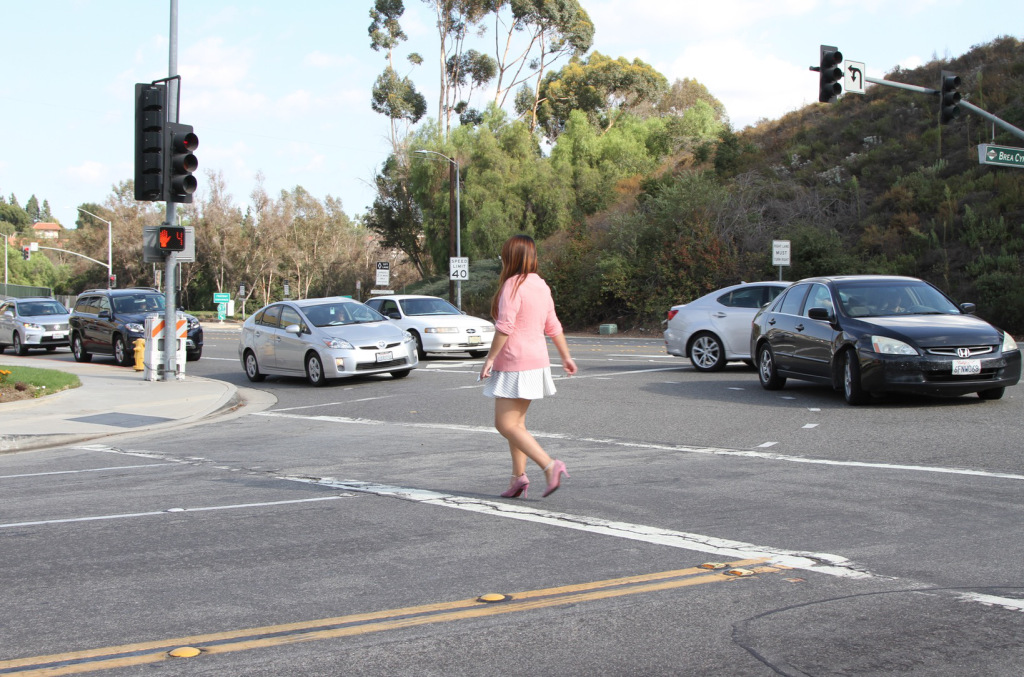
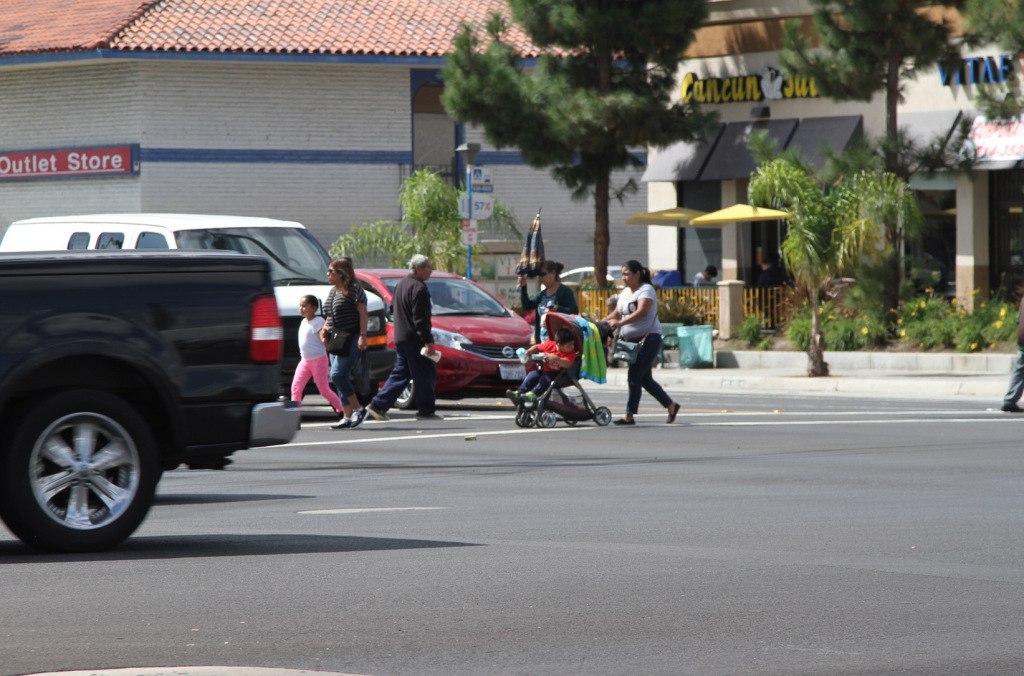
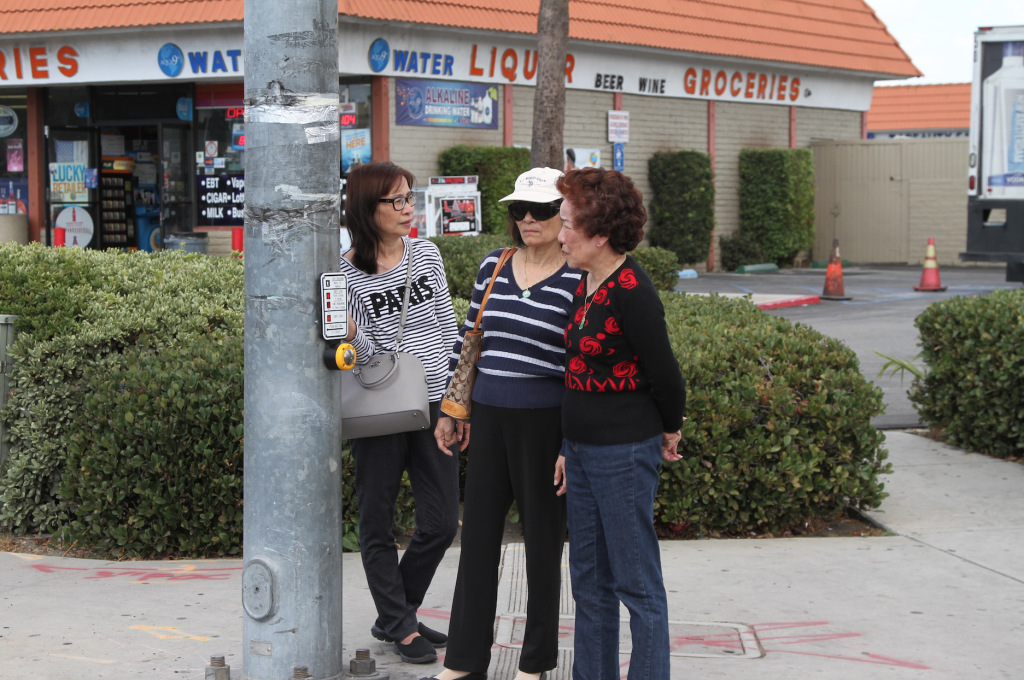
Advocates for “complete streets” or “active transportation” are well intentioned. But most of this suburban landscape will never be anything other than what it is now. There’s just so much of it and the majority of the inhabitants demand wider roads, not traffic calming. The general assumption is that people who can’t afford cars are undeserving of society’s attention.
Pockets of pedestrian activity can be cultivated within neighborhoods. That’s great. It’s the low hanging fruit that can be phased in gradually over time and on the cheap. Select routes between some of these pedestrian nodes can be established that might be highly effective and pleasant while adding tangible value to surrounding property. But these folks need to focus on areas that have the highest impact and cultural buy-in early in the game.
Painting green stripes for bicycles on the side of a busy eight lane high speed road is a complete waste of time. I don’t say this because I’m in any way opposed to bike infrastructure. Quite the opposite. But the reality is that a whole lot more needs to be done to make this kind of environment work for anything other than cars. I seriously question whether the larger culture in the area is willing to make those accommodations. The cost in time (decades) effort (painful and tedious) and money (tens of millions) will bleed scarce resources from places where a lot less will go much farther. Begging the Department of Transportation for crumbs only gets you… crumbs.
(All photos by Johnny Sanphillippo)

